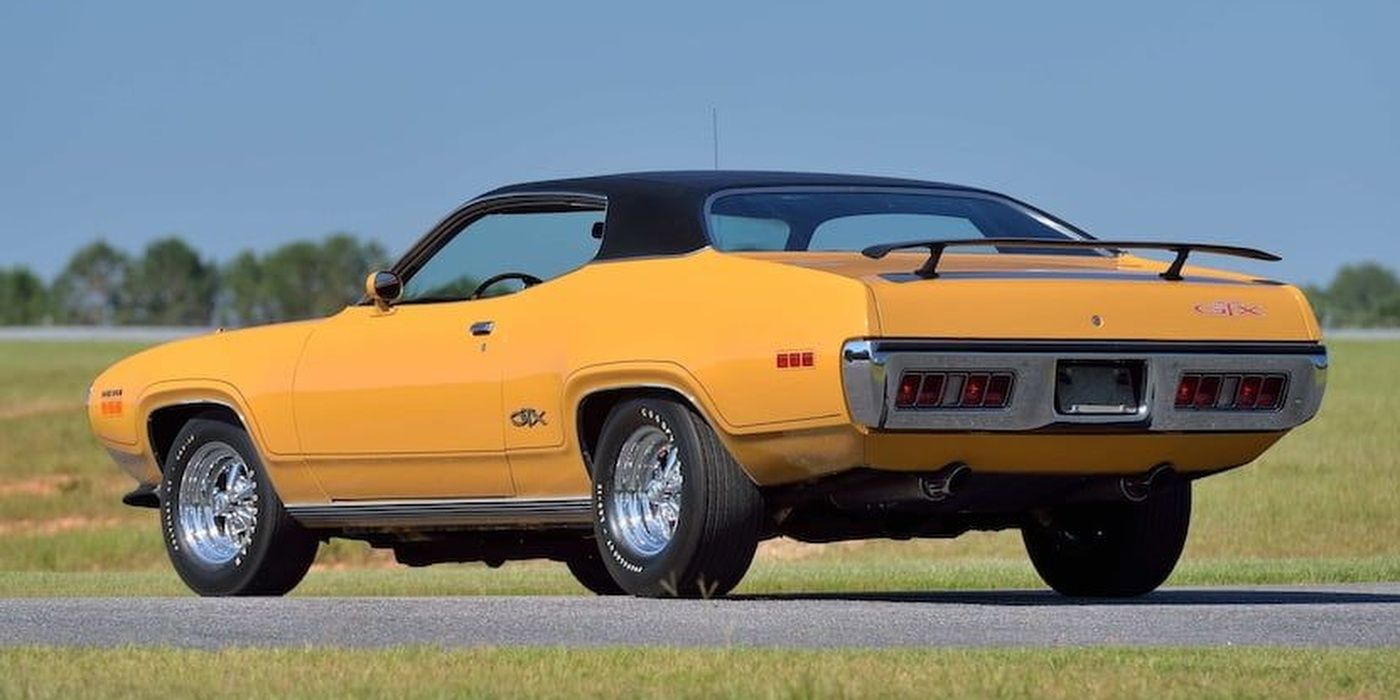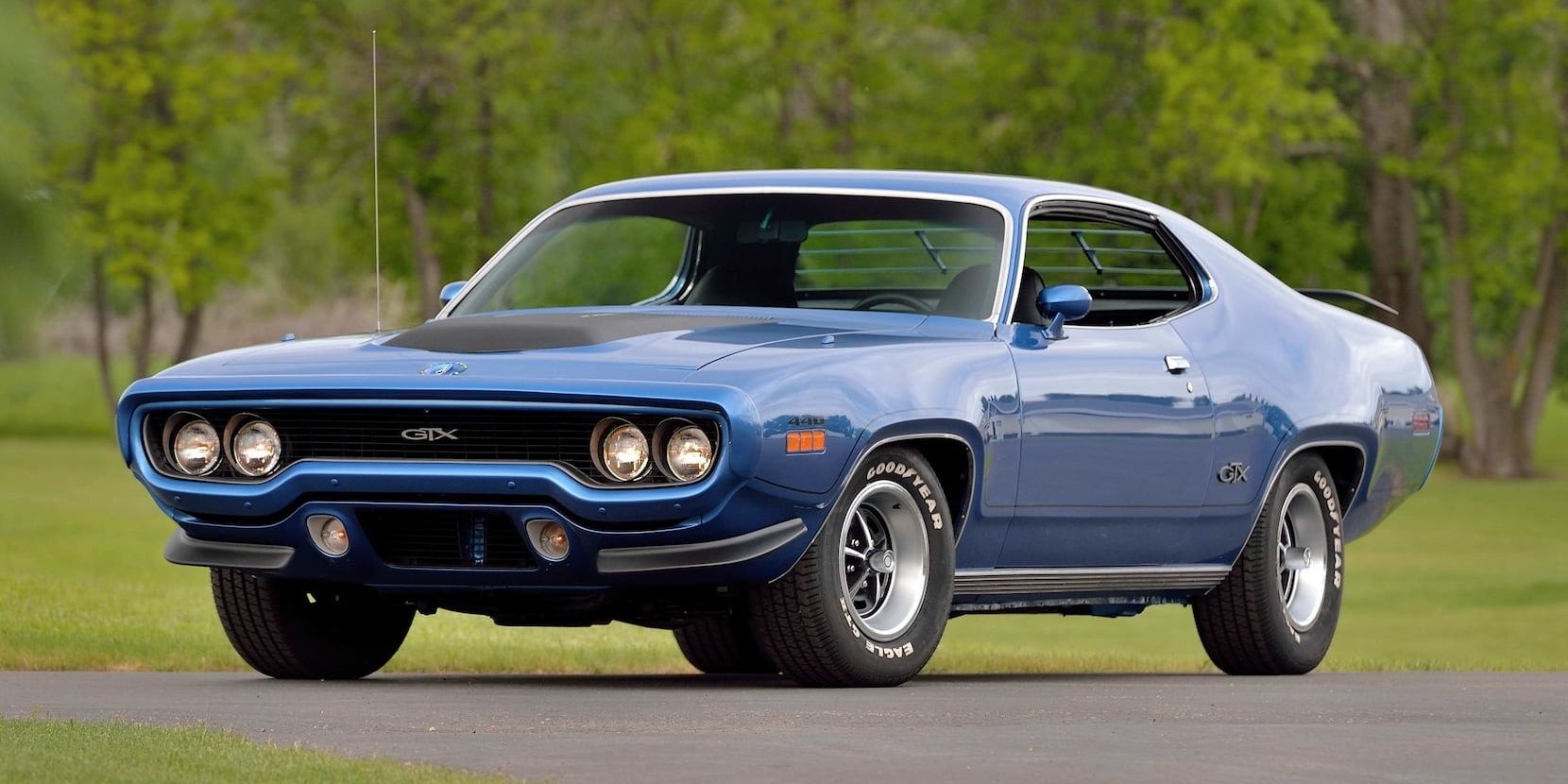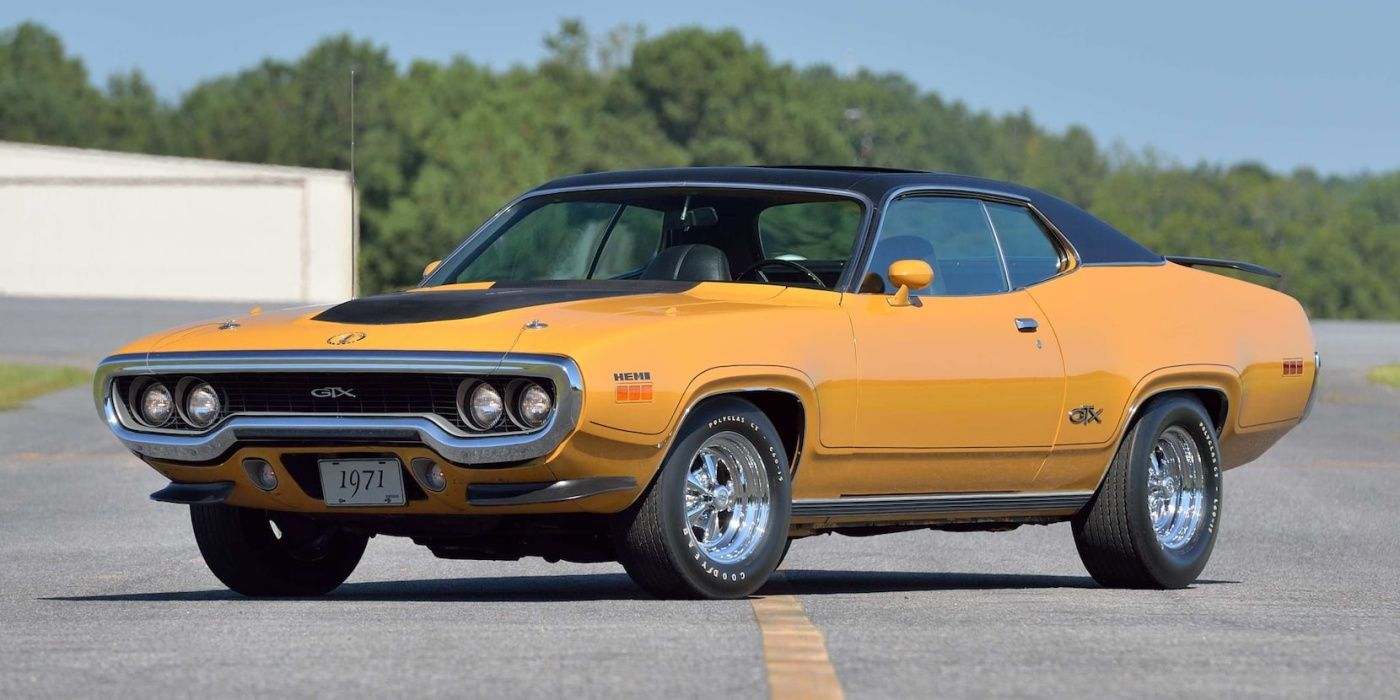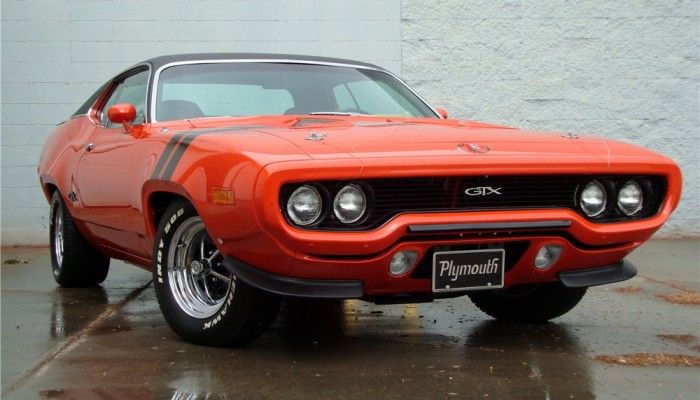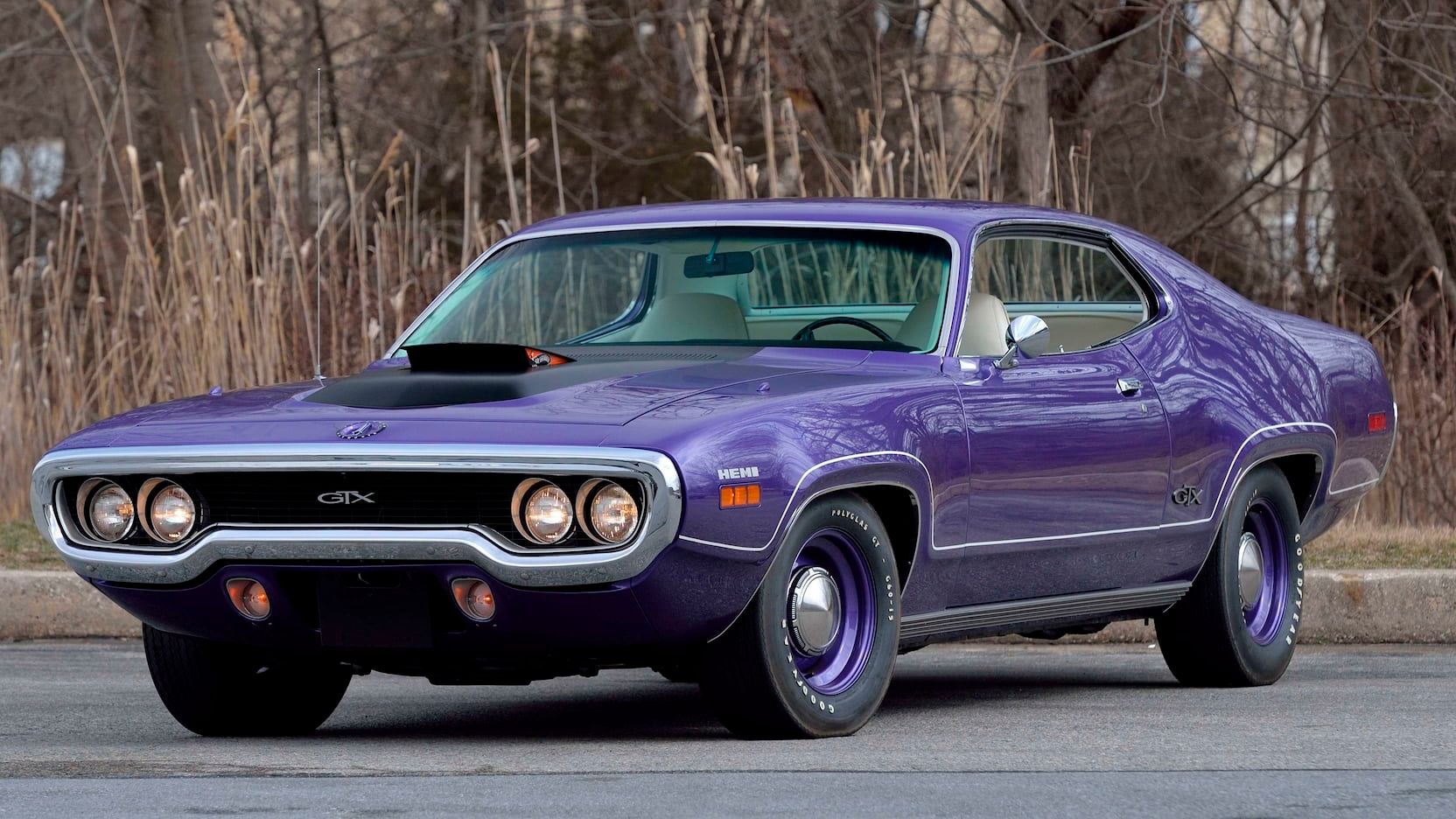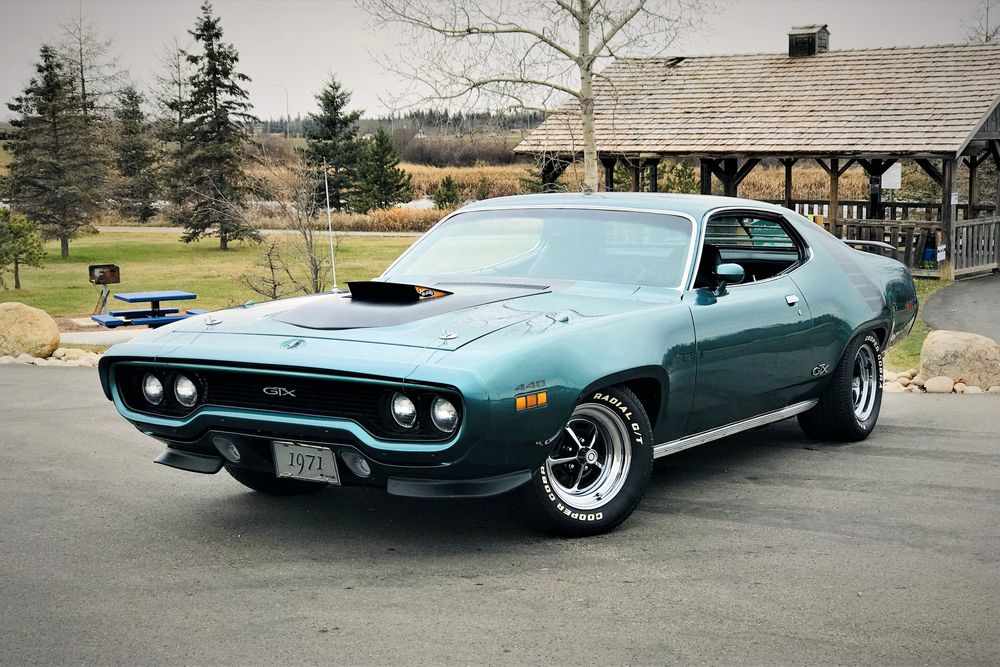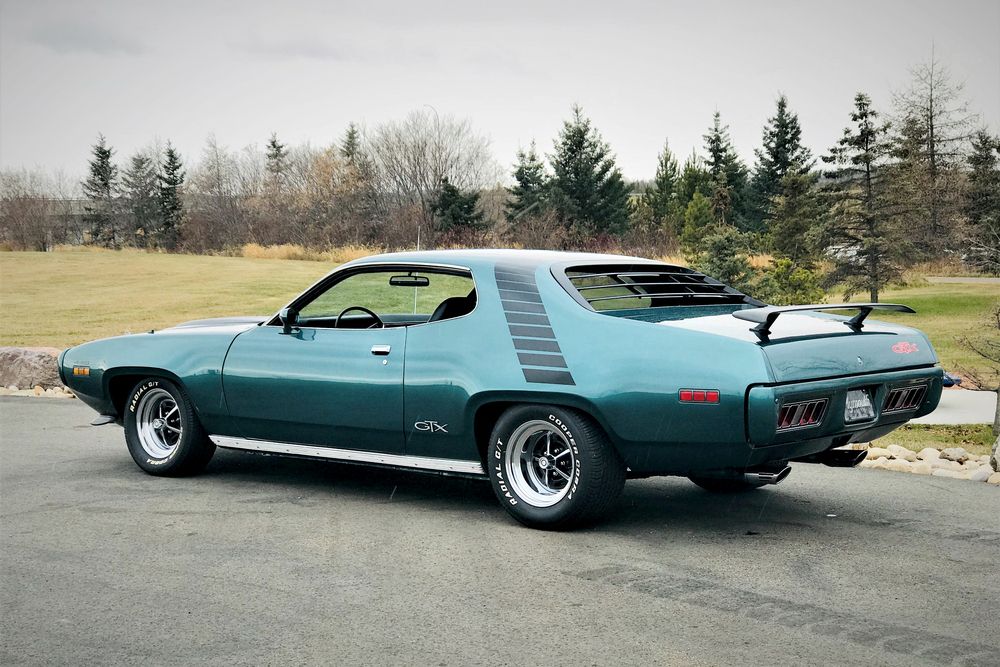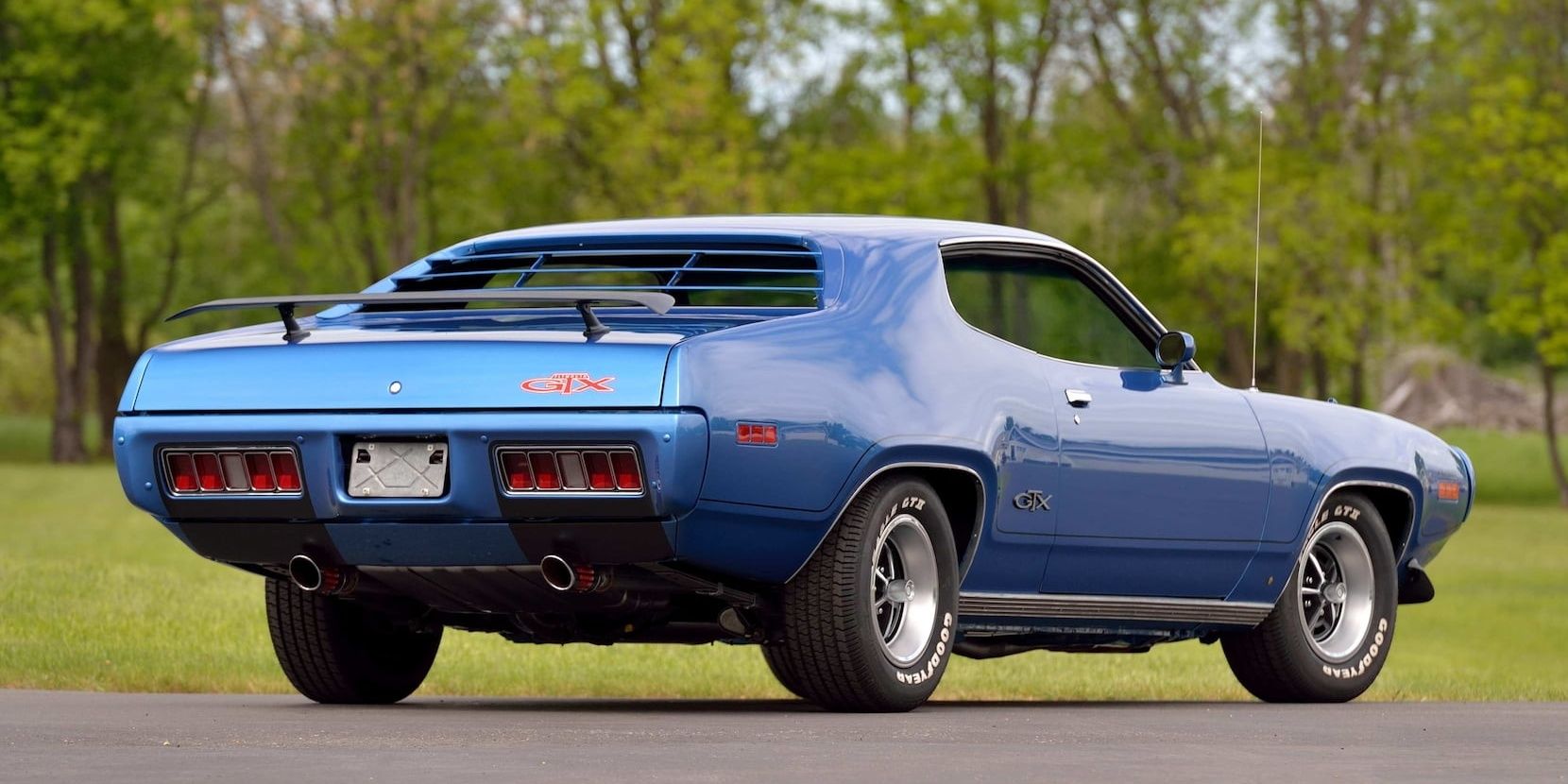Based on the sixth-generation Belvedere, the Plymouth GTX started life in 1967 as an upscale muscle car designed for the “Gentleman with a need for speed.” Plymouth produced the model across 3 short generations in a 5-year production run that ended with a redesign for the 1971 model year. Boasting a shorter 115-inch wheelbase, the GTX was offered only as a hardtop coupe that featured a modern “Fuselage” styling that was the big thing in the industry.
Thanks to a lineup of capable power plants including the legendary 425 hp 7-liter Hemi V8, there was no shortage of power to intimidate other road users. Underneath, a heavy-duty suspension setup ensured superb handling while the tastefully trimmed cabin got comfortable bucket seats and air conditioning. While the 1971 Plymouth GTX was arguably one of the heavy hitters of the golden era of muscle cars, even some muscle car enthusiasts may have forgotten certain facts about the car.
10 The Meaning of “GTX”
The letters “GT” were first used on the 1930 Alfa Romeo 6C 1750 Gran Turismo to describe a car that offered a blend of luxury and performance. Based on how cars are named today, some would argue that “GTX” means Grand Touring Extra or even Gentleman’s Touring Extra.
However, the sad truth is that “GTX” does not mean anything as it was merely a name that sounded good to the marketing team. Since the GTX was developed to compete with the Pontiac GTO, it was given a name that reminded buyers of the iconic Pontiac.
9 A Rare Gem
For the 1971 model year, Plymouth was only able to move 2,942 units of the GTX – a massive 62{09e594db938380acbda72fd0ffbcd1ef1c99380160786adb3aba3c50c4545157} drop from the previous model year’s figure. When you compare 2,942 with the total of 702,113 Plymouths built in 1971, you’ll understand just how rare the ’71 GTX is.
The rarest of them all are the ones powered by the 426 Hemi V8 mated to the 4-speed manual transmission. Out of the 30 Hemi-powered GTX units built, only 11 came with the manual shifter – little wonder why it is a highly sought-after classic muscle car.
8 The Plymouth GTX Is Worth $69,995
It is common knowledge that classic cars, especially the ultra-rare ones, command premium sticker prices whenever they come up for sale. Current pricing for the 1971 GTX depends not only on the car’s condition but also on which of the powertrain options it packs under the hood.
In September 2019, one of the 19 ’71 GTX powered by the 426 Hemi hooked to an automatic transmission changed hands for $253,000. Although there are examples of the ’71 GTX listed for the princely price of $149,950, a good one could also be found for $69,995.
7 Powertrain Options
The 1971 Plymouth GTX was offered with three brawny V8 engine options – two 7.2-liter units and a 7-liter Hemi V8. Due to emissions restrictions, the base engine, displacing 7.2 liters, lost 5 hp resulting in an output of 370 hp and 480 lb-ft of torque.
Next in line and fed by 3 2-barrel carburetors, was the 440+6 which also lost 5 hp to churn out 385 hp and 490 lb-ft of torque. At the top of the lineup was the 426 Hemi V8 mill that laid out a stout 425 hp at 5000 rpm and 490 lb-ft of torque at 4000 rpm.
6 Credible Performance
Marketed as a muscle car built for a “gentleman” with a need for speed, there was nothing gentlemanly about the Plymouth GTX’s performance. With the base engine, it could hit 60 mph in 6.5 seconds and clear the quarter-mile in 14.9 seconds at 95.4 mph.
If that wasn’t quick enough, one could always opt for the Hemi-powered versions that could hit 60 mph from rest in less than 5 seconds. In addition to the intimidating straight-line performance, the 1971 Plymouth GTX also boasted excellent handling thanks to a wider track, modified shocks, and ball joints.
5 Offered Only As A Hardtop
Debuting for the 1967 model year, the Plymouth GTX was based on the elegant 2-door Belvedere and was offered as a coupe and as a convertible. Redesigned for the second generation, the GTX returned for the 1968 and 1969 model years still as a hardtop coupe and a convertible.
But, with sales of the GTX convertible falling with the introduction of the lower-priced Roadrunner convertible, it was dropped after the 1969 model year. For the third and final generation in 1971, the Plymouth GTX was available only in one body style, the hardtop coupe.
4 Designed By John Herlitz
The 1971 Plymouth GTX was designed by John Eric Herlitz who joined Plymouth’s design team in 1964 after obtaining a degree from the Pratt Institute. Shortly after joining the company, he created the Barracuda SX show car and later led the styling of striking muscle cars like the 1970 Barracuda and the ‘Cuda.
In addition to the ’71 GTX, he also designed its styling twin, the stripped-down ’71 Roadrunner. While designed to be more intimidating, the ’71 GTX got a more rounded “fuselage” body style, raked windshield, and deeply inset grille/headlights stuck behind a wrap-around front bumper.
3 Built For Gentlemen
In contrast to the similarly styled Plymouth Roadrunner which was targeted at a younger market, the GTX was positioned as the “Gentleman’s Muscle Car.” While the Roadrunner was stripped of all but the most important features, the GTX came with a touch of luxury and plenty of refinements.
The cabin was well furnished with deep pile carpeting, simulated wood grain touches, and all vinyl pleated bucket seats with integral head restraints. Other features that came with the 1971 Plymouth GTX are power windows, power steering, and power front disc brakes for fade-resistant confident stops.
2 Final Standalone GTX Model
After soldiering on for four years, the Plymouth GTX appeared for the last time as a standalone model in 1971. For the last model year, the GTX lost an inch of its wheelbase, lost the convertible, and lost power in two of its engine options.
Despite gaining a more modern design, sales which had fallen below 10,000 units in 1970, fell further to just 2,942 by the end of the model year. Discontinued after 1971, the GTX badge was relegated to being a trim level on the Roadrunner from 1972 until 1974 when it disappeared entirely from the Plymouth catalog.
1 High Original Sticker Price
For its last appearance as a stand-alone model, the Plymouth GTX came with a $3,733 starting price which made it the most expensive model in the Satellite group. The 9-passenger ’71 Satellite station wagon, for comparison, had a base price of $3,638 while the ’71 Satellite Brougham sedan started at $3,190.
Furthermore, the 1971 Pontiac GTO was priced lower at $3,446 while the 1971 Dodge Charger came in at $2,802 for the base model. To enjoy the brutal power of the Hemi-powered GTX back then, one had to fork out $4,480.
